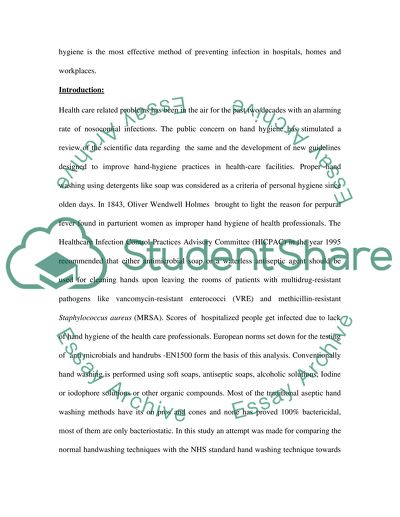Cite this document
(Bland Soap Handwash Research Paper Example | Topics and Well Written Essays - 1500 words, n.d.)
Bland Soap Handwash Research Paper Example | Topics and Well Written Essays - 1500 words. https://studentshare.org/health-sciences-medicine/1540218-comparing-handwashing-techniques-microbiology
Bland Soap Handwash Research Paper Example | Topics and Well Written Essays - 1500 words. https://studentshare.org/health-sciences-medicine/1540218-comparing-handwashing-techniques-microbiology
(Bland Soap Handwash Research Paper Example | Topics and Well Written Essays - 1500 Words)
Bland Soap Handwash Research Paper Example | Topics and Well Written Essays - 1500 Words. https://studentshare.org/health-sciences-medicine/1540218-comparing-handwashing-techniques-microbiology.
Bland Soap Handwash Research Paper Example | Topics and Well Written Essays - 1500 Words. https://studentshare.org/health-sciences-medicine/1540218-comparing-handwashing-techniques-microbiology.
“Bland Soap Handwash Research Paper Example | Topics and Well Written Essays - 1500 Words”. https://studentshare.org/health-sciences-medicine/1540218-comparing-handwashing-techniques-microbiology.


